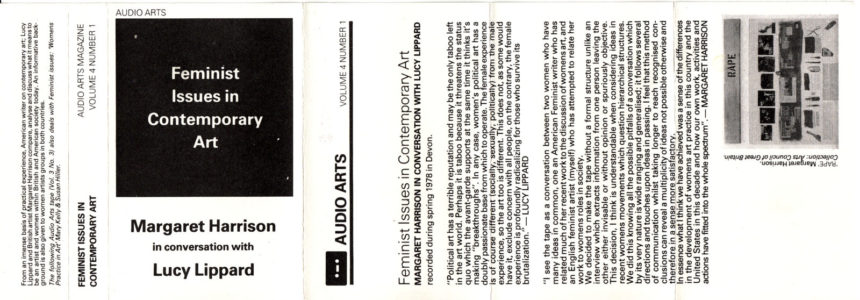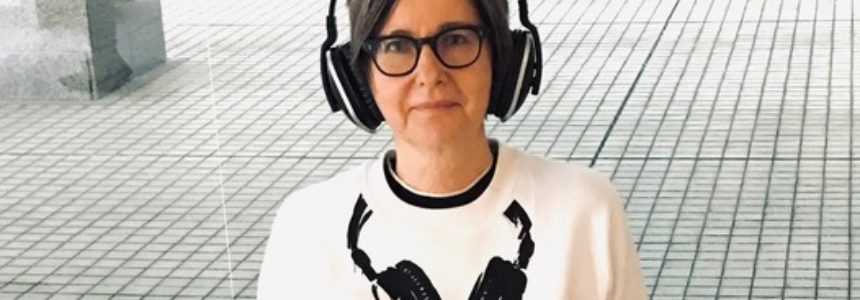ISSUE #26 In Their Own Words
Introduction
This feature reports on research carried out during the 2023-2024 academic year thanks to the Gendered Innovation Fund that we obtained in 2023 for the In Their Own Words research project. Our aim was to formalise a long-term thinking process that had already been partially developed in other forms and in other contexts. A few years earlier, we had initiated the collection of artists’ interviews On Words, which Sarah Burkhalter subsequently joined when the project found a home at the Swiss Institute for the Study of Art (SIK-ISEA). While the theoretical research developed upstream already addressed the concerns of women artists’ conversations, this time On Words laid the foundations for an empirical creation, based on the principle of listening, horizontal exchange, and unfinalised speech.
For the In Their Own Words research project, we delved into the feminist practice of artist conversation, tracing its occurrences from the birth of the tape recorder to the podcast. The initial assumption was that feminist artists and art historians had imagined new forms of experimental writing and documentation through conversational practices. This practice, which is also part of our work as art educators, is deeply rooted in the radical encounter between activism and research. In order to share intersectional reflections on unrecorded art histories, we have summoned artistic and theoretical approaches, both speculative and historical, around these questions. To grasp the questions themselves, we are drawing on feminist, queer, and decolonial thinking.
Including feminist talking narratives into the wider art narrative requires the development of specific methods of analysis. This involved taking into account the media used to record and share conversations; the archiving processes involved in storing these conversations and making them available to the public; and the obsolescence of the media and channels used to access these conversations in historical analogue and, now, online digital, archives.
With this in mind, we looked at the influence of the tape recorder’s playback function on memory, the affective forces revealed by the archiving of otherwise inaudible voices, and at how to address concerns about the legitimacy of the personal and political information gathered from these conversational archives.
In the course of the research, the boundaries of the notion of internationality were challenged from an intersectional perspective. While the corpus of US and European feminist interviews we first analysed remains largely invisible in canonical art history, a further invisibility weighed on the essential work carried out by artists Helen Khal in Lebanon and Nazli Madkour in Egypt, who, along with Cindy Nemser and Eleanor Munro, share our interest. These methodological, aesthetic and art historical perspectives are complemented by the contribution of Olivia Alexandra Fahmy, a researcher associated with our project, on artist Nazli Madkour’s publication, Women Artists in Egypt.
The In Their Own Words feature reports on the various stages of our research. In addition to the above-mentioned article by Olivia Alexandra Fahmy, this feature describes the methodological issues that were addressed (“On the record: Notes on Feminist Practices of Visual Arts Interviewing”); it makes it possible to view the contributions at the study day organised in March 2024; and, finally, a podcast based on a conversation with the Polish-born London-based artist Marysia Lewandowska traces a career and a path shaped by conversations with women artists: the Women’s Audio Archive. In the 2000s, self-produced, specialised or general podcasts offered a flexible form of listening and accessible discursivity. Over the last ten years or so, they have given rise to a new wave of feminist projects aimed at rediscovering the voices absent from official narratives. The podcast’s intimate distribution format has enabled us to question its potential for self-learning. How do audiences, particularly generation Z and the youngest listeners, engage with art history podcasts? What are the contexts of reception of this history – and how does intimate listening enable a different experience of content assimilation?
Enjoy!
Julie Enckell and Federica Martini









